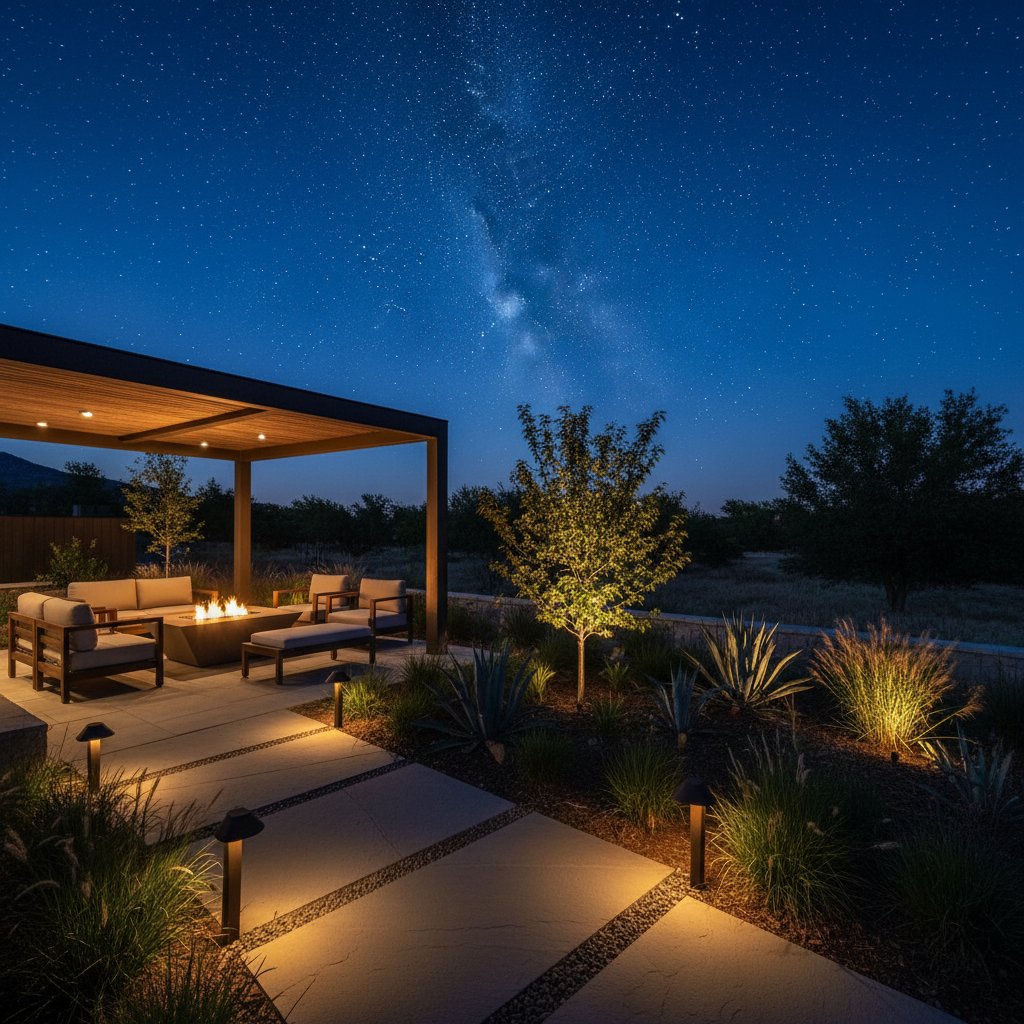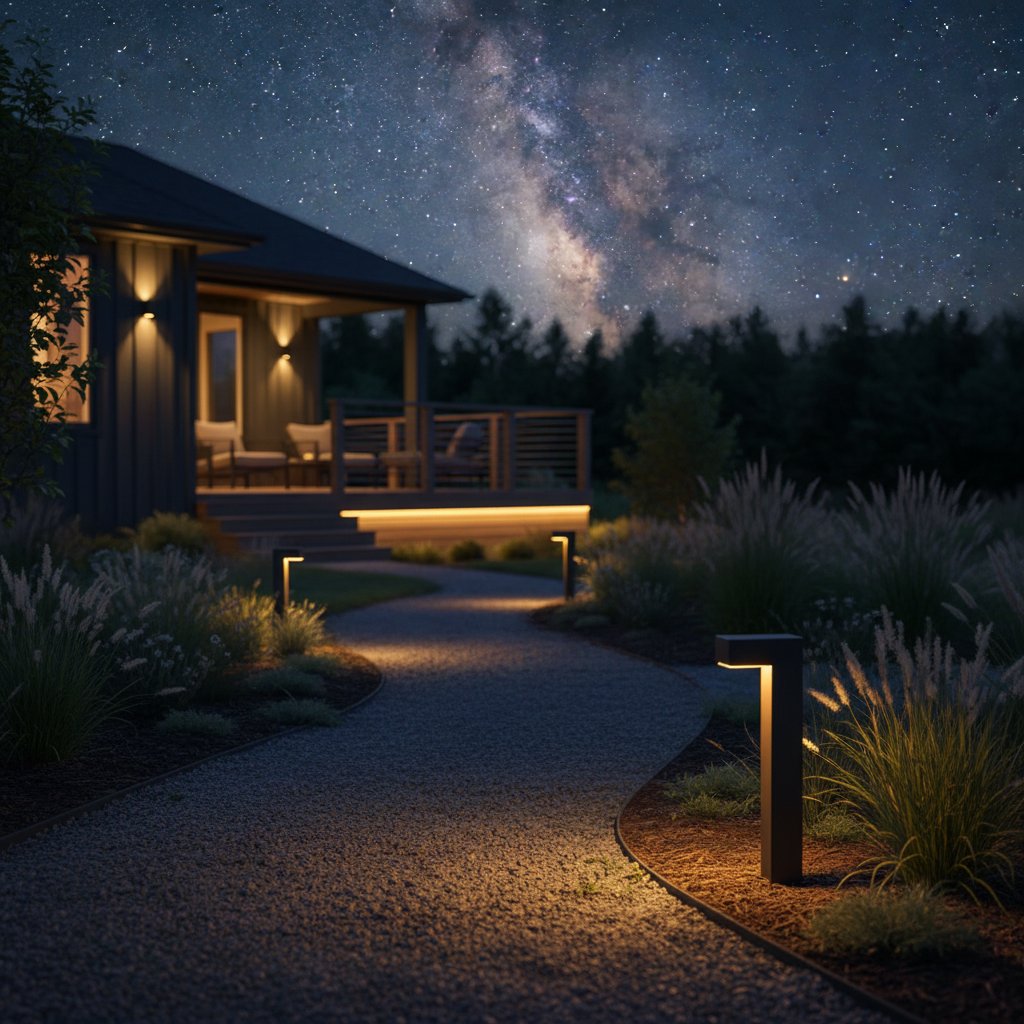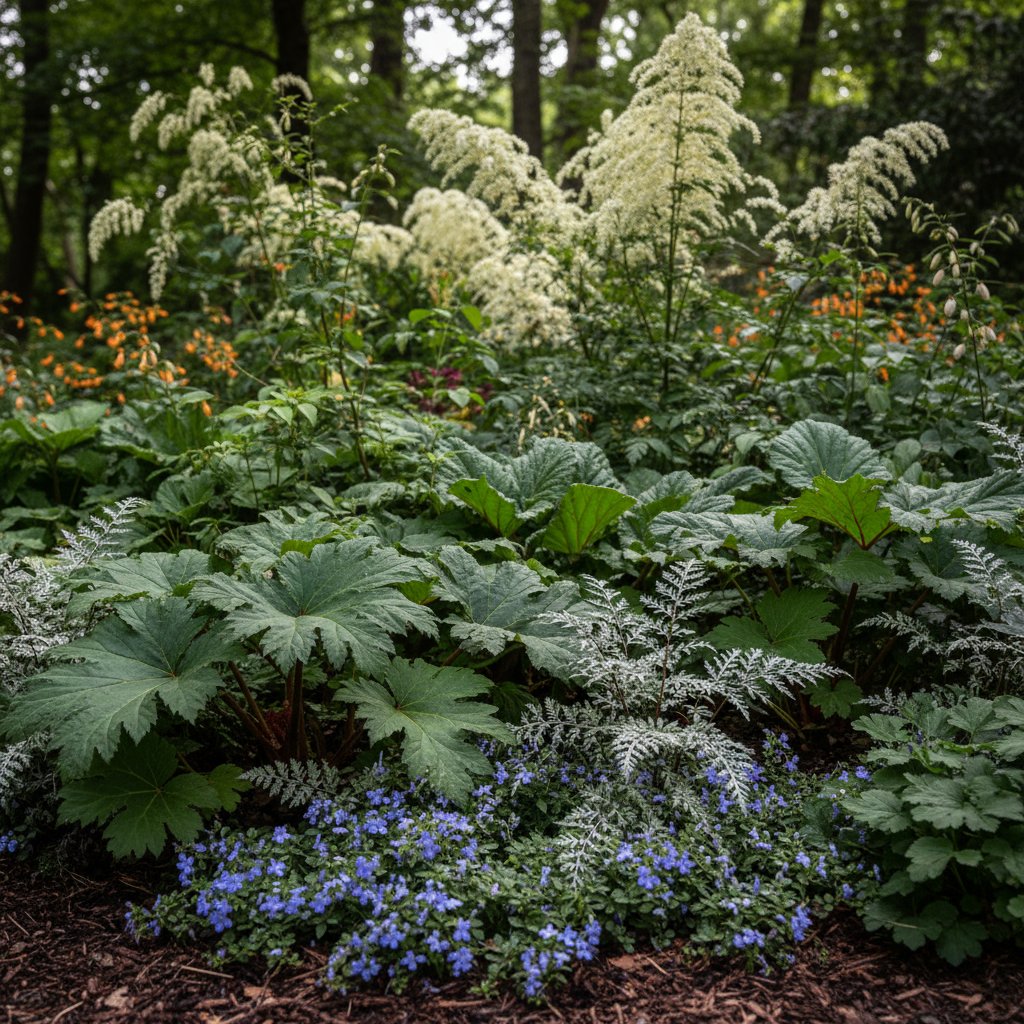Illuminate Your Yard While Preserving the Night Sky
Many people step outside at night and observe a sky that appears dimmer than in past years. The stars that once sparkled over gardens now fade behind a veil of artificial light. Homeowners often face a dilemma between ensuring a secure, inviting yard and retaining the ability to view the Milky Way on clear evenings. Thoughtful design choices allow for outdoor lighting that provides warmth and security without compromising the night sky.
Understanding Light Pollution
Light pollution occurs when outdoor lights direct illumination upward or outward rather than concentrating it on intended areas. This scattered light elevates sky brightness, disrupts wildlife behavior, and interferes with human sleep patterns. Homeowners frequently select bright floodlights or ornamental fixtures unaware that excess light extends beyond property boundaries. The resulting glow diminishes star visibility and alters the natural cycles of nighttime animals.
Observing how light spills into unintended spaces changes perceptions of the yard. Bulbs may glare into neighboring windows or illuminate tree undersides instead of pathways. Identifying these issues marks the initial step toward a balanced nightscape that promotes peace.
Conduct a Nighttime Yard Assessment
Before implementing changes, walk through the yard after sunset with a notebook or camera to document needs. Examine these elements:
- Fixtures that produce excessive brightness, hindering eye adjustment.
- Lights directed upward, illuminating walls, branches, or the sky.
- Illumination in seldom-used areas during nighttime.
- Bulbs creating intense glare and stark shadows rather than even light.
This evaluation reveals light distribution patterns. It also conveys how various yard sections feel in darkness. Some spots may require minor tweaks, while others demand comprehensive redesigns.
Develop a Purposeful Lighting Plan
After identifying waste, formulate a strategy that integrates aesthetics and utility. View outdoor lighting as an enhancement for comfort, not overwhelming brilliance. Gentle light pools can accentuate paths, entrances, or lounging zones without dominating the dark.
Consider these principles during planning:
- Select appropriate illumination levels with fixtures offering 50 to 200 lumens per unit, prioritizing efficiency over high wattage.
- Direct lights downward using shielded designs to contain beams.
- Choose warm tones around 2700K to 3000K for a inviting, eye-friendly ambiance.
- Incorporate timers or motion sensors to activate lights only as required, curbing energy use and sky illumination.
A structured plan aligns yard lighting with actual outdoor activities. Each element fulfills a specific role, such as illuminating steps, showcasing foliage, or fostering serene retreats.
Implement Lighting Adjustments
Proceed to practical modifications by replacing or repositioning fixtures. Adjust angles and test intensities from multiple yard positions. If light enters eyes directly, it likely escapes skyward as well.
Follow these steps:
- Swap exposed bulbs for full-cutoff or shielded models that focus light earthward.
- Install low-level path markers, such as 12-inch stakes with 20-lumen outputs, to outline routes subtly.
- Mount recessed step lights or shielded sconces at doorways for essential security.
- Limit uplighting on structures to focused, 10-degree beams contained by hoods.
Solar options provide energy savings and automatic dusk activation. The objective involves harmonizing lighting with the environment, fostering coexistence between illumination and shadow.
Sustain Your Lighting System
Outdoor setups require ongoing attention as fixtures loosen, bulbs degrade, and vegetation expands. Routine upkeep preserves efficiency and minimizes sky impact.
- Wipe lenses periodically to maintain uniform output.
- Verify downward orientations quarterly.
- Prune obstructing foliage to prevent light diffusion.
- Upgrade to LED bulbs emitting 800 lumens at 9 watts for reduced glare.
Seasonal inspections suffice to sustain subtle yard radiance. Restrained lighting often yields calmer nights attuned to natural elements.
Support Nighttime Ecology
Diminishing light pollution extends beyond stellar views to aiding wildlife. Nocturnal species depend on darkness for orientation, foraging, and repose. Overillumination disorients birds during migration and alters insect rhythms.
Shielded, targeted fixtures enhance yard safety for these animals. Darkness restores subtle nocturnal activity, enriching evenings with natural sounds and motions obscured by harsh light. This approach promotes equilibrium with surrounding ecosystems.
Enhance Garden Experiences Through Lighting
Refining outdoor illumination transforms overall yard perception. Evenings gain depth and tranquility. Stars appear more vivid, and flora benefits from reduced glare exposure.
Moonlight patterns emerge clearly, while soft accents make plantings glow subtly. Treat lighting as an evolving garden component. Adapt to seasonal shifts and observe how growth or weather influences visuals. This process cultivates a personalized harmony safeguarding the night sky.
Achieve Balanced Outdoor Illumination
Dark-sky compliant yards emphasize intentional light use over elimination. Each directed fixture and efficient bulb contributes to a vibrant, rooted landscape.
Yards illuminate effectively without encroaching on nocturnal beauty. Consistent efforts yield evenings of gentle light, serene atmospheres, and the enduring joy of stargazing.



